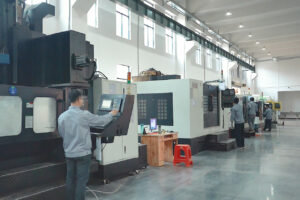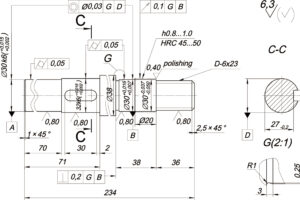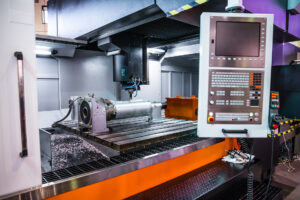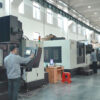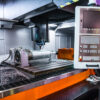What is a CNC machining allowance?
CNC machining allowance is the reserved machining amount to ensure the final machining surface quality and geometric tolerance. Sometimes there is a heat treatment process in the middle to release the stress, and the parts will be deformed at this time, so enough allowance is reserved to prevent the size from being in place after deformation.
Why do you need to leave allowances in CNC machining?
The purpose of leaving a machining allowance on the workpiece is to remove the machining errors and surface defects left by the previous process, such as a chilled layer, pores, sand inclusion layer on the surface of the casting, oxide scale, decarburization layer, and surface cracks on the surface of the forging. Surface roughness and internal stress layer after cutting. Thereby improving the accuracy and surface roughness of the workpiece. The size of the machining allowance has a significant influence on the machining quality and production efficiency. Excessive machining allowance not only increases the labor of machining and reduces productivity but also increases the consumption of materials, tools, and electricity and increases the processing cost. If the machining allowance is too small, it can neither eliminate various defects and errors in the previous process nor compensate for the clamping error during processing in this process, resulting in waste products. The selection principle is to make the margin as small as possible on the premise of ensuring quality. Generally speaking, the more finishing, the smaller the process allowance.
How should you choose CNC machining allowances?
Determination method of CNC machining allowance There are three main methods for determining the finishing allowance:
- Experience estimation: This method is to estimate the finishing allowance based on the practical experience of the craftsman. In order to avoid waste products due to insufficient machining allowance, the estimated allowance is generally too large and is only used for single-piece small batch production.
- Inquiry Manual: The data on finishing allowance accumulated in the factory’s production practice and experimental research is made into a table and compiled into a manual. When the CNC machine tool determines the finishing allowance, the required data can be obtained from the manual, and the CNC machine tool can then make appropriate corrections in combination with the actual situation of the factory. This method of CNC machining is currently the most widely used.
- Analysis and calculation: When using this method to determine the finishing allowance, it is necessary to use the calculation formula and certain test materials to comprehensively analyze and calculate the factors affecting the finishing allowance to determine the finishing allowance. The finishing allowance determined by this method for CNC machine tools is more economical and reasonable, but there must be more comprehensive and reliable test data. At present, it is only used in factories where the material is costly and in military production or a few mass-produced factories.


